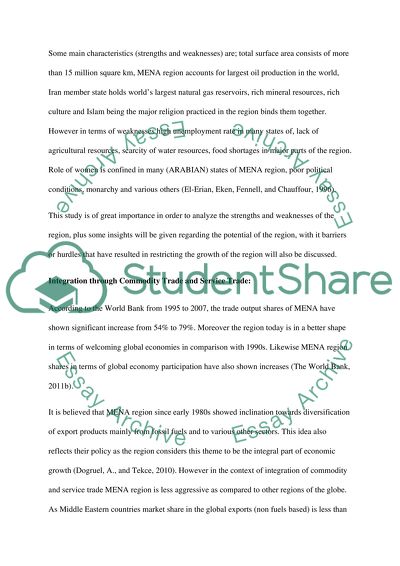Cite this document
(The Middle East and North Africa Market Development Case Study, n.d.)
The Middle East and North Africa Market Development Case Study. Retrieved from https://studentshare.org/marketing/1403061-regional-integration-of-mena-stumbling-blocks-or
The Middle East and North Africa Market Development Case Study. Retrieved from https://studentshare.org/marketing/1403061-regional-integration-of-mena-stumbling-blocks-or
(The Middle East and North Africa Market Development Case Study)
The Middle East and North Africa Market Development Case Study. https://studentshare.org/marketing/1403061-regional-integration-of-mena-stumbling-blocks-or.
The Middle East and North Africa Market Development Case Study. https://studentshare.org/marketing/1403061-regional-integration-of-mena-stumbling-blocks-or.
“The Middle East and North Africa Market Development Case Study”, n.d. https://studentshare.org/marketing/1403061-regional-integration-of-mena-stumbling-blocks-or.


